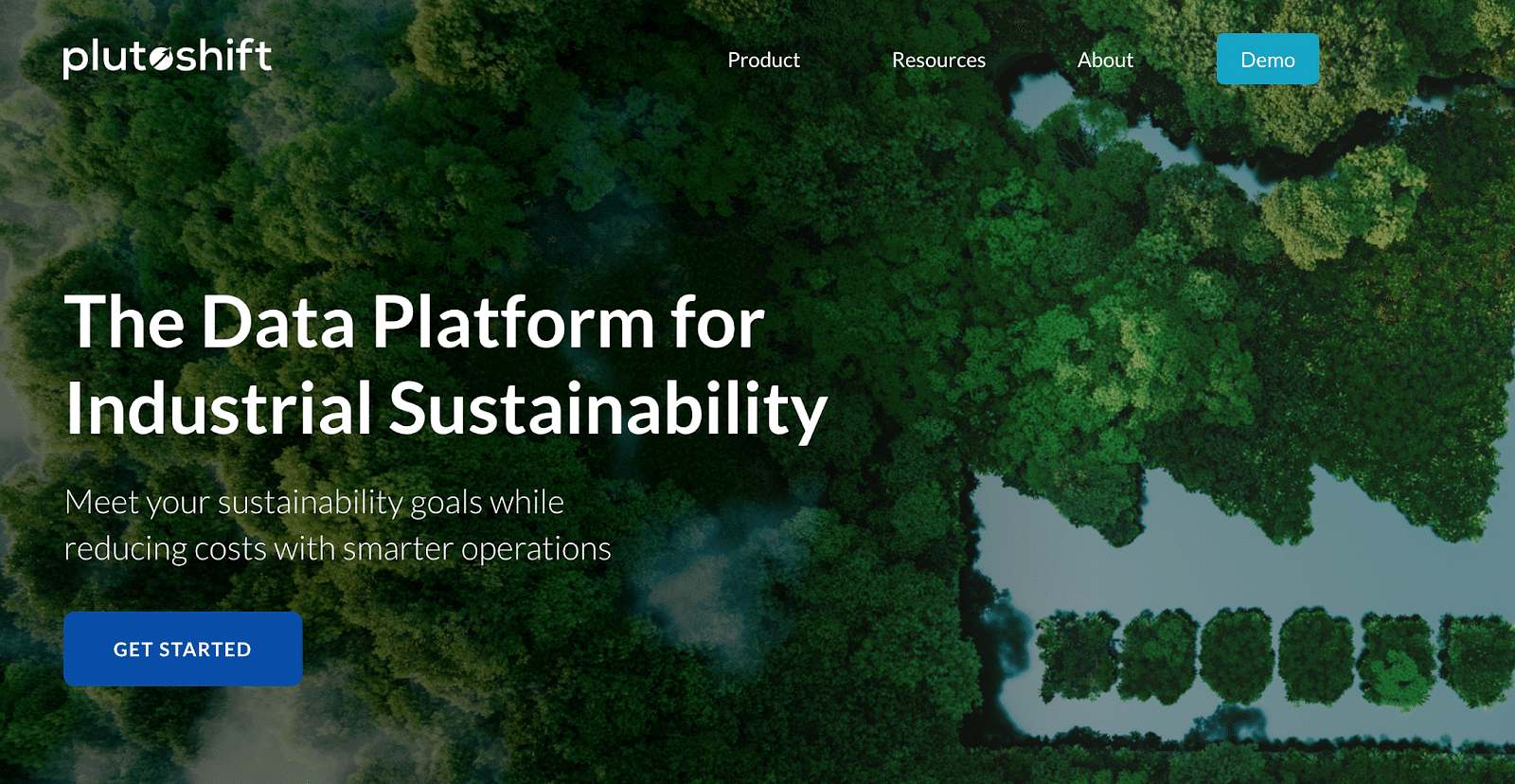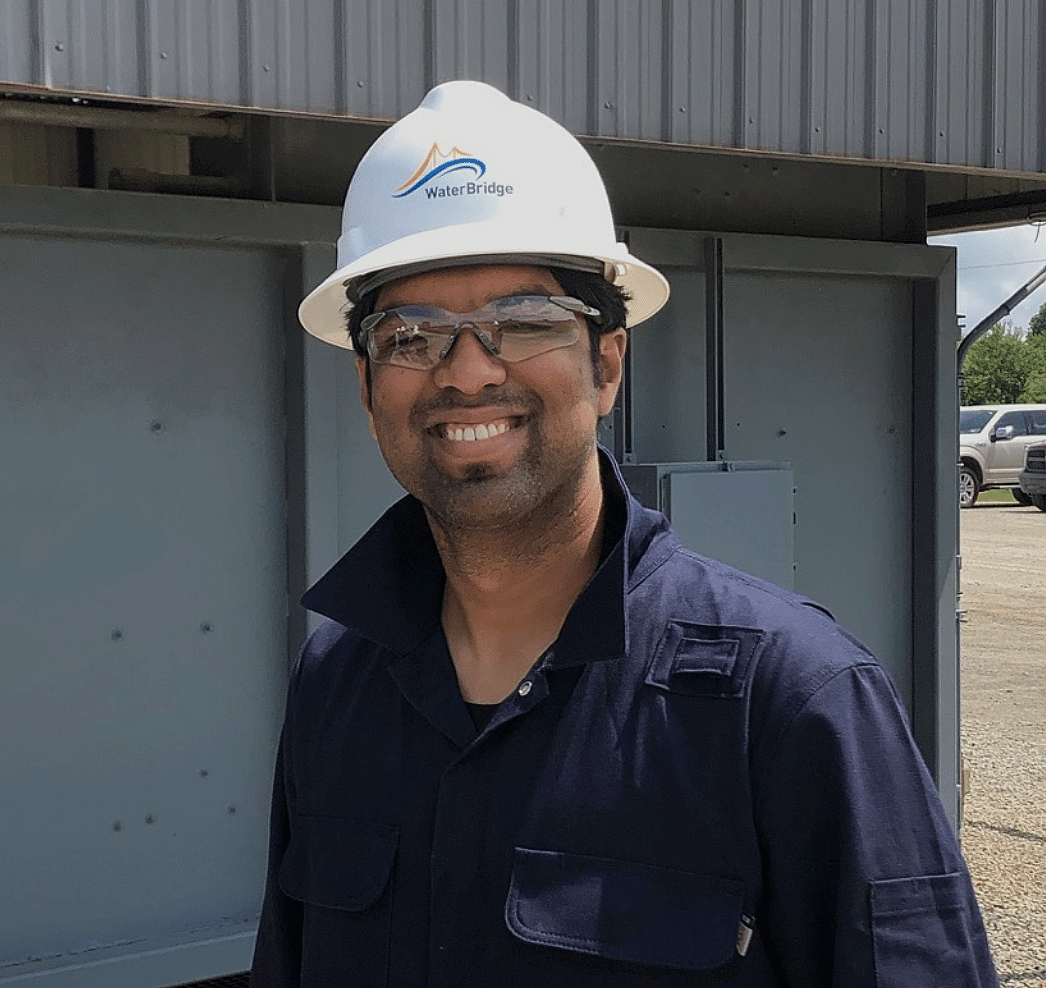
To build or not to build? Plutoshift CEO Prateek Joshi on having a personal brand along with a company brand
By Jim James, Founder EASTWEST PR and Host of The UnNoticed Entrepreneur.
Prateek Joshi joined me from Palo Alto, California in the new episode of The UnNoticed Entrepreneur where he talked about how he managed to build two brands — his corporate brand for Plutoshift and his personal brand.
Image from LinkedIn
Prateek Joshi’s Journey
Prateek has been a machine learning engineer throughout his career. He went to school and studied machine learning; right out of college, he joined Nvidia and their machine learning team.
Machine learning has been a part of him and he considers himself a builder. This means anything that he does has to result in a product that can be used in the real world by somebody. It’s less research-oriented and more oriented towards building products. This is what he’s done in his career across a couple of companies and, now, Plutoshift, where they serve Fortune 500 customers.
Throughout that journey, he realised that machine learning is very ubiquitous — and it’s becoming more ubiquitous in cyberspace, including search engines and e-commerce. But when it comes to the physical world, there's a big gap. This was the key motivation behind launching Plutoshift and building a machine learning product for the physical world.
Along the process, he ended up writing 13 books on the topic (mostly technical books). These are oriented towards developers who want to build a variety of applications. After that, he got very comfortable with building more and more.
Dedicating Yourself to That One Thing
Talking about his personal brand, Prateek reiterated that he has always thought of himself as a machine learning person. And for him, once you find that one thing, it becomes easier to associate yourself with it.
Compared when you’re busy doing seven things, doing just one thing and keeping doing it will make it easier for you to get recognised. People will say, “Oh, Prateek. He's that machine learning guy.” And the compounding effect of that is amazing.
You won't see it for the first few years. It will feel like, Where is this going? It seems flat. There's no growth. But there will be a tipping point and all that you do will compound — and it will just be magical.
The compounding effect does happen but it takes time. And that's what Prateek has followed, having seen the power of compounding and the effectiveness of choosing one thing and going after it.
Because he came from a machine learning background, the company that he built, Plutoshift, is also centred on machine learning. It’s an extension of his professional expertise. As he’s also very passionate about climate, Plutoshift works at the confluence of the two.
Screengrab from Plutoshift
The company brand exists for a purpose. They serve customers and they offer a product. They are bound by agreements, so they have to work in a certain specific way. But both his personal and company brands exist, coming from the same place: machine learning and climate, which are both his passion.
The Person Humanises the Company
Prateek said that before there was Plutoshift, there was Prateek Joshi. That brand has been around for a longer time. But even after he launched Plutoshift, he continued his personal brand because it's important to have a face to it to humanise it.
Plutoshift is a company and an entity. It has a logo but there's no face to it.
When you have a firm and you have a person, that person needs to have a brand as well. Because it actually starts with the person. When you look at products you use or at the businesses that you engage with, you’ll realise that you know the people behind them. You know the person running the account or the company. It’s, in fact, one of the main reasons why you choose to engage with them.
If you talk about the likes of Apple or Google, it’s their products that speak for themselves. They’ve got a very big market. But for most companies and people around the world, that’s not the case. Many companies are not Apple yet.
Having a personal brand is important because it humanises your company. And also, when you, the person, post something, write a book or a blog post, talk, or appear on podcasts, it puts a human face to your company’s brand. There’s a human element to it.
Moreover, people don't want to see a very polished marketing message posted by the company. Seeing a person talking about authentic experiences makes a difference.
Having a personal brand that stands for something matters a lot. And the good thing is, you don’t need to duplicate the effort.
In his case, Prateek Joshi and Plutoshift are two different entities. But a lot of the content and messaging that they have actually overlap quite a bit. Nonetheless, he emphasises that it’s important that when you work with a customer, they see Plutoshift, the company. “Okay, it's there, it stands for something. There's content and we can engage with the product.” They should also see Prateek Joshi who is a person who knows about machine learning; someone they can trust to provide a good service and product and, in general, help them be successful at what they want to do.
Why Invest in a Personal Website?
Image from Unsplash
Different people consume content differently. And if you want to expand your network — if you want to reach more people and include them in your network — Prateek thinks it's important to have different areas of visibility.
LinkedIn is one way. Many people log into LinkedIn and they can see your post as something great. Some people might not be active on LinkedIn, but when they learn about you, they get curious, “Who is he and what does he do?” A personal website (in his case, www.prateekj.com) is a home for that. You can go there quickly and you’ll know who that person is, what are the things they’ve done, what do they do well, and how to get in touch with them.
Talking about content creation, Prateek shared that he does a lot of content — short-form, long-form, and audio. He posts on LinkedIn as well. As he previously mentioned, different people consume content in different ways. But if you have different channels, once you have an idea, you don’t have to redo or duplicate a lot of your efforts. Once you have a piece of content, you can use it for your website or your LinkedIn page with minimal extra work.
For instance, you have an idea for a blog post. You can write the blog post and publish the same on LinkedIn. You can convert that to short-form content. You can talk about it to make it your audio content. For Prateek, getting mileage out of what you have across different formats helps people connect with you on platforms or modes of communication of their choice.
Generating Introductory Conversations through Your Personal Brand
Plutoshift, the company, offers enterprise software, which is a business-to-business (B2B) product. A lot of their efforts, at least in the earlier parts of the funnel, are focused on wanting to reach out to people.
They want people to know about them so that they would want to have an introductory conversation with them and see what the product is and how it works. They want people to see their successful case studies and references. Knowing how they can initiate a lot of those conversations is the first step.
Image from Unsplash
As a business, your end goal is to have great customers with great revenue that grows fast. But it all starts with how you get people interested in having an introductory conversation. And for Prateek’s case, it’s where his personal brand has been helpful.
And a lot of times, he only initially tries to be of help.
If you're a big company and you’re sitting on lots of data, you’d want to know what you can do with those. For instance, your goal is to reduce your electricity bills but you don’t know how to connect your raw temperature data to that end goal. Because of Prateek’s personal brand and knowledge in data and machine learning, he can help you with that.
During your intro call, he’ll talk about, “What do you have? What are your goals? And how can I help?” And help is sometimes as simple as helping you visualise or architect a solution on a piece of paper. “Data goes from here to there, you process it, you store it. And then the next step is this module. The next step is this.” Making you understand — and talking about — your available options and the pros and cons of each option already helps a lot.
He knows because he does this for a living. He knows a lot more about building a machine learning system than somebody whose primary expertise is chemical dosing or running reverse osmosis membrane.
Having a personal brand helps attract these introductory conversations. Then, if clients see that they and Prateek are a good fit, they could explore further. “Prateek, you helped me with this knowledge. Do you also have a product that addresses this?” This is when he introduces Plutoshift. “If you need a product like this, we have it here. We are working with large, Fortune 500 companies. So, we're happy to provide references.”
This is how Prateek tries to sequence these events. First, he tries to be helpful. If somebody has a machine learning question, he hopes that they come to him for a consultation. And he does all these consultations for free. Simply put, his personal brand is almost like the open part of the funnel though it’s not something that’s engaging the company’s resources as a pre-sales.
Leveraging His Personal Brand
When it comes to thought leadership, speaking events, and podcasts, Prateek shared that he’s doing all these as Prateek Joshi.
When he’s on his podcast, for example, he doesn’t usually talk about Plutoshift. It’s mostly focused on a specific topic such as using machine learning for the climate or building a machine learning career. The intent behind his podcast is to share knowledge and not necessarily market Plutoshift.
However, at the same time, there are podcasts inviting him where they want to talk about what is Plutoshift doing or how is the company solving climate problems for their customers. In those cases, he does talk about his company. But mostly, he’s doing all things as Prateek Joshi the person and not Plutoshift the company.
But how do other people in the organisation feel about there being this dichotomy between Prateek the brand and Plutoshift the brand? Is there anxiety among people about the CEO becoming the brand?
Prateek said that he’s been very open about this with his teammates and current and potential future investors. And he thinks it’s part of the reason why their investors chose to work with his company.
If only Plutoshift exists and the CEO or the founder has no standing in the community, how will they attract new investors? How will they attract new teammates? How will they attract new customers? Because before they get attracted to the entity, they always look at the person first. It's almost like a visceral reaction — you want to look up who's doing it.
For instance, when he first heard about The UnNoticed Entrepreneur podcast, the first thing he did is to look me up. And learning about me got him excited. As humans, it’s a visceral reaction that when we hear about something, we’d want to know who’s doing it.
Image from Plutoshift
In the last five years of their track record, having Prateek’s personal brand has worked to the company’s advantage — and it has worked really well. As a brand, Prateek Joshi can be used to accelerate, at least with his company, the growth at the top of their funnel.
If you’re helpful to the community, a lot of that comes back, too. For instance, he was helpful to somebody three years ago. Now, that somebody could be referring him to others. “I know this amazing machine learning person looking for a new project. Do you want to talk to him?” At the end of the day, it becomes a good part of building your team and network. This is why Prateek tries to be a useful member of the machine learning community.
If you keep doing that over time, the benefits will be enormous — in terms of building a company that attracts both talent and future investors.
To find out more about him, visit www.prateekj.com. If you want to learn more about Plutoshift, visit www.plutoshift.com.
This article is based on a transcript from my podcast The UnNoticed Entrepreneur, you can listen here.






